1. Introduction to Product Management
Taking a product from idea to launch
How to manage software product development within organisations:
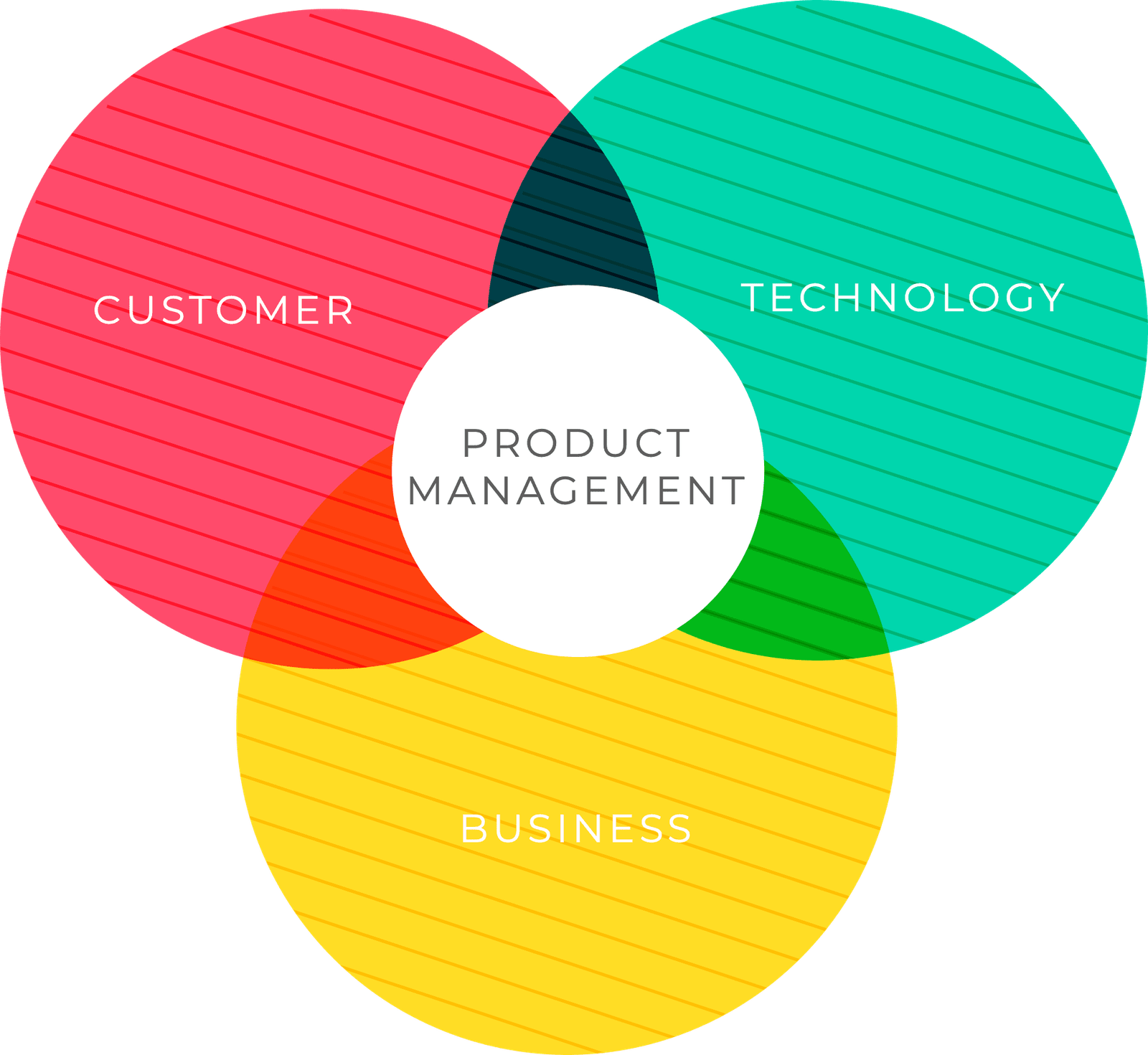
What it is, why it matters.
At its core product management is about identifying and defining problems. It’s important to remember when solving a problem you need to deliver both user value and meet the business objectives.

Product mangers are like mini-CEOs driving the development, launch, and improvement of the futures of their products end-to-end.
Product Managers must:
- Have a deep understanding of the problem
- Understand their users needs
- Know their product
- Know their competition
- Answer lots of questions….
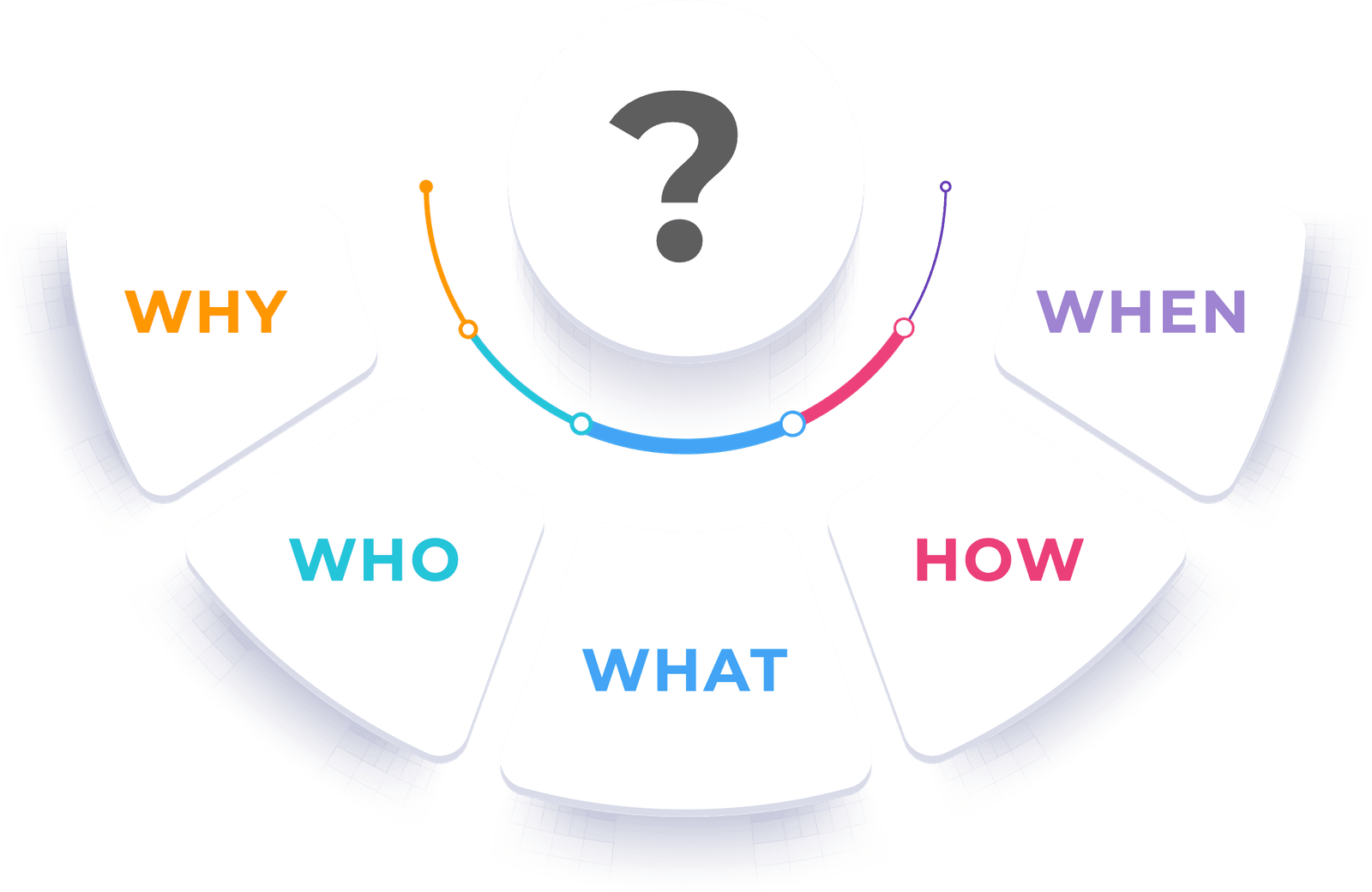
Answering these questions gets the project moving forward and should ultimately, get peopled excite to work on it.
These questions need to be answered in a strategic manner that tie back to the business goals and objectives, as well as create a cohesive narrative around how these products fit into what the company’s doing and what it will be doing and can be doing in the future – the vision.
What are we building?
- What should the team build?
- What should the product do?
- Do people WANT it?
- What value does the product create for the user?
Who are we building it for?
- WHO is the user?
- WHAT are their needs?
Different users will have very different needs.
It’s important that you understand their needs on a very deep level.
For example, an oven designed for a child to play with, is very different than one designed for cooking.

Why are we building this?
- Why are we solving this problem?
- What is the impact of the solution on the user?
- Why this specific solution over another? – make sure you can communicate this to your team
When are we building this?
We can’t build everything at once so it’s important to prioritise what to build first and what we should build later. There will always be trade-offs.
The skills of a Product Manager
Product Managers are Strategic:
- Focused on building and bringing successful products to market
- Hyper aware of user needs
- Intuition around how their users will respond to new features or changes in the product
- Can map out the steps that need to be taken in order to get the product to its full potential and vision
- Course-correct as they learn new information
Product Managers are Excellent Communicators:
- Constantly communicating and responding to questions
- Source of truth for the current state of the product – product shortcomings, opportunities, what the team is working on, and project delivery timescales
- Across a wide variety of different audiences – design and engineering, executives or customers
- Translate between different audiences – between user needs, design solutions, to technical solutions, to the impact on the business
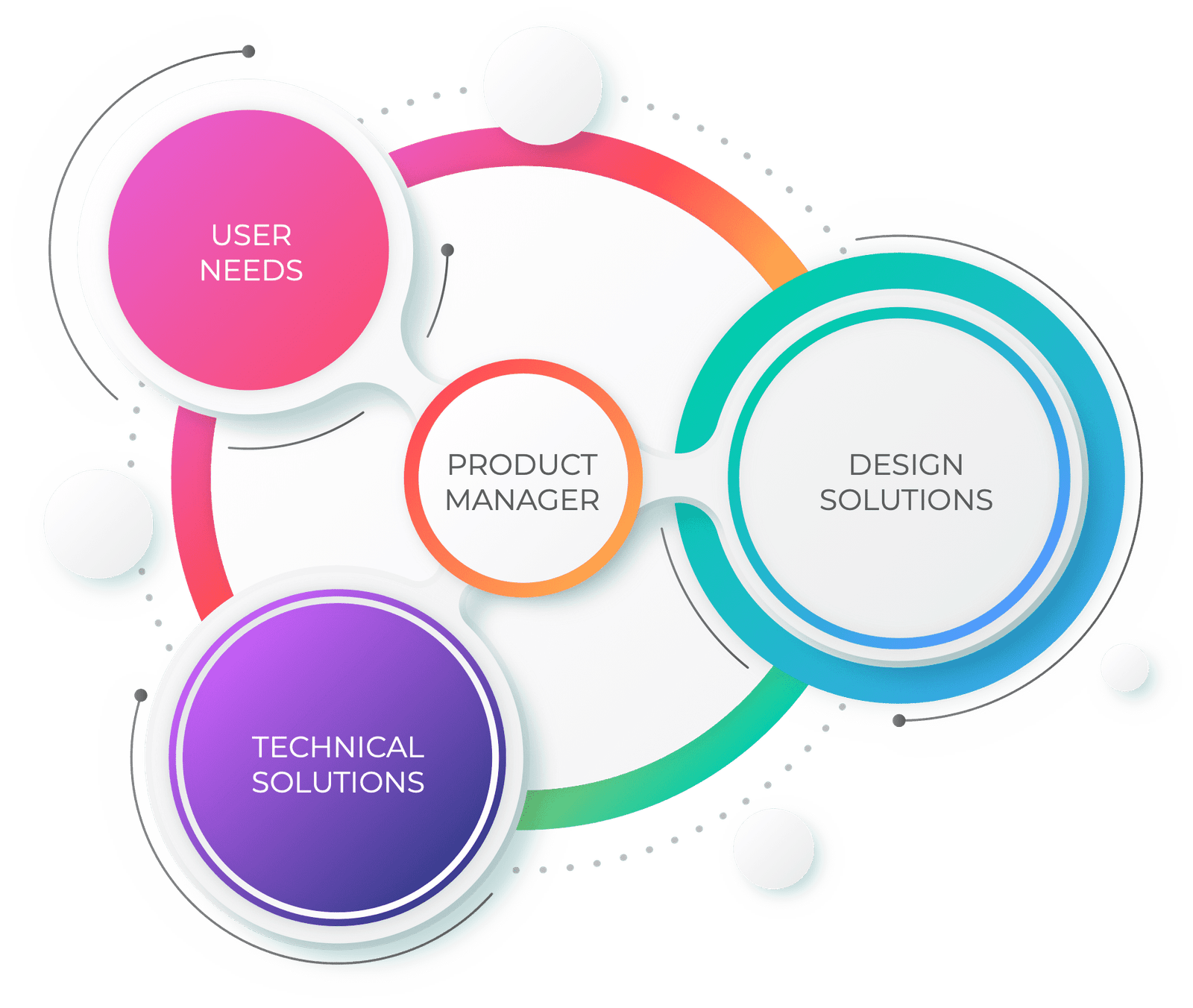
Product Managers are Coordinators (the glue that holds the company together):
- The only role that sees the product all the way through the development process – design might not be aware of what marketing is working on and vice versa, support might not be aware of the new features the engineers are building – etc
- End-to-end visibility
- Connecting people across the team, to share information, to help facilitate reaching shared goals and objectives.
Product Managers process new information:
- Acquire information – email from the CEO, landscape research i.e. a competitor launching a new product, or the results from a user study
- Validate information – critical the information is accurate and up to date, and that there’s no bias
- Organise information
- Manipulate information – rearrange information to form new ideas
- Form new ideas based on new information – iterate as and when new information is presented
- Dissemination these new ideas to your team – get initial feedback from the people that know your product the best, your team
Product Managers are firefighters:
- Constantly thinking on your feet, and rapid problem solving
- Tackle issues as they arise – like a production bug that prevents users from logging in
Why is Product Management Important?
Product Market Fit
Bringing products to market is more complicated than ever.
It’s super easy to build products that fail it’s really hard to build a great product.
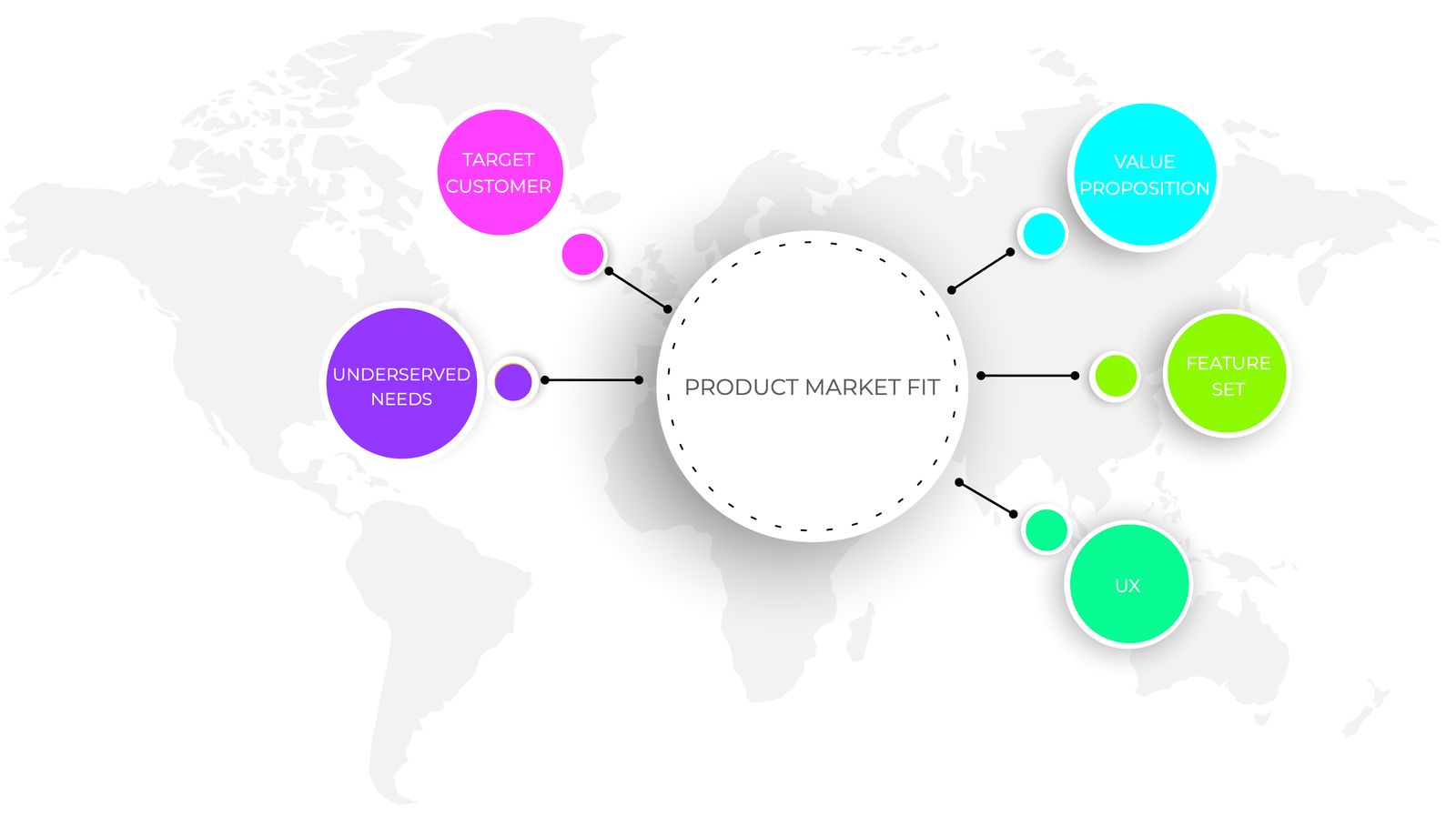
How to get the best product outcomes:
- In companies someone has to understand the user and the problem
- The team can not lose sight of the important things that really do matter
- Orchestrating all the teams that are working on the same product is critical
Solving (real) Problems
One of the most important things a product manager does is to identify and define the problems the team should solve.
- There are an infinite number of problems to be solved
- It’s critically important to solve the right problem
- We should only be solving problems that make for a successful product or product feature
- It’s important to build something that people actually need and want
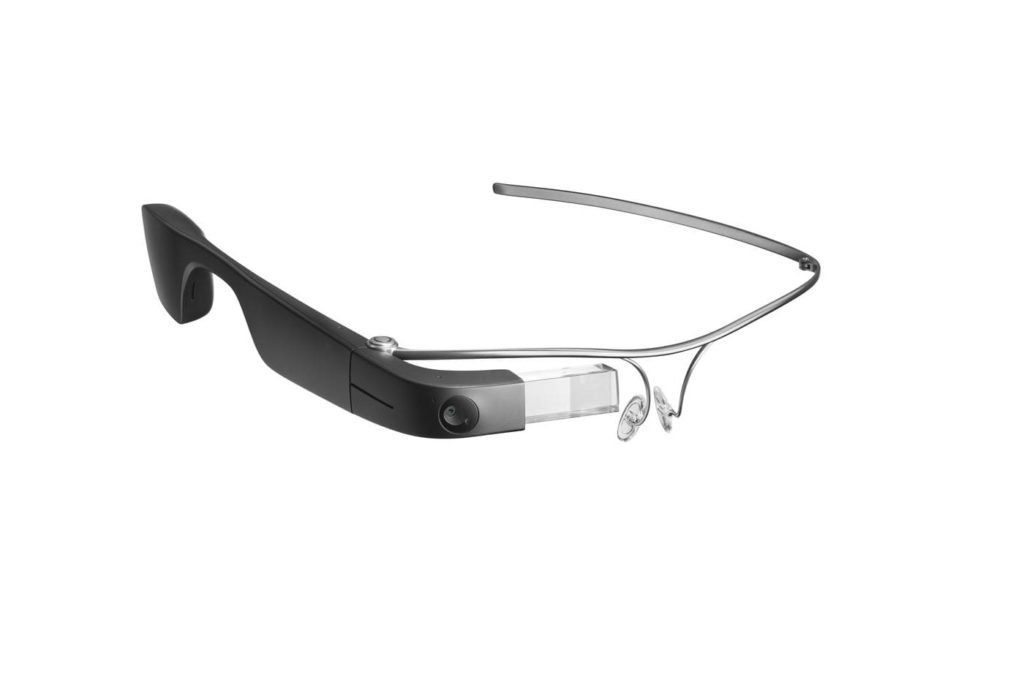
Focus on solving problems that real people have and not being distracted by what power users want.
Arash Ferdowsi
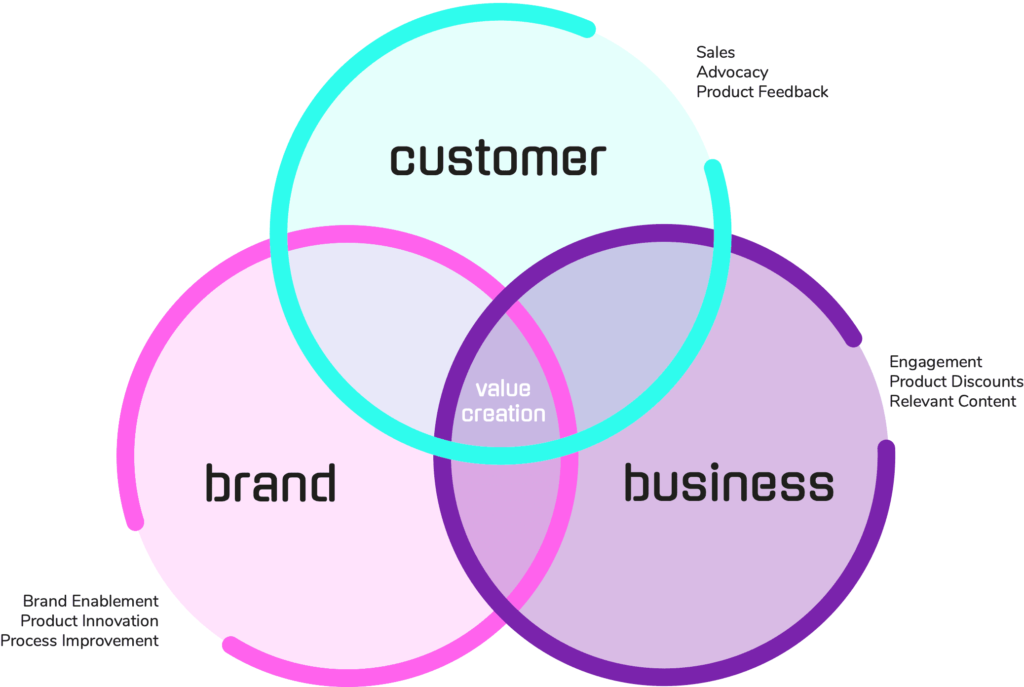
This means that your users will find enough value in the product to be happy to exchange some type of value (i.e. paying for the product or watching ads).
A major problem is the you build something you want because you have a real understanding of the problem and cool solution but the product doesn’t solve a need enough people want to create a viable business.
Connecting functions in teams
Product Management plays an important role in connecting various functions in teams across a company.
Project Managers advocate for the user, understand the business, empower design, create stability for engineers, and get everyone excited whilst keeping them focused and moving in the same direction.
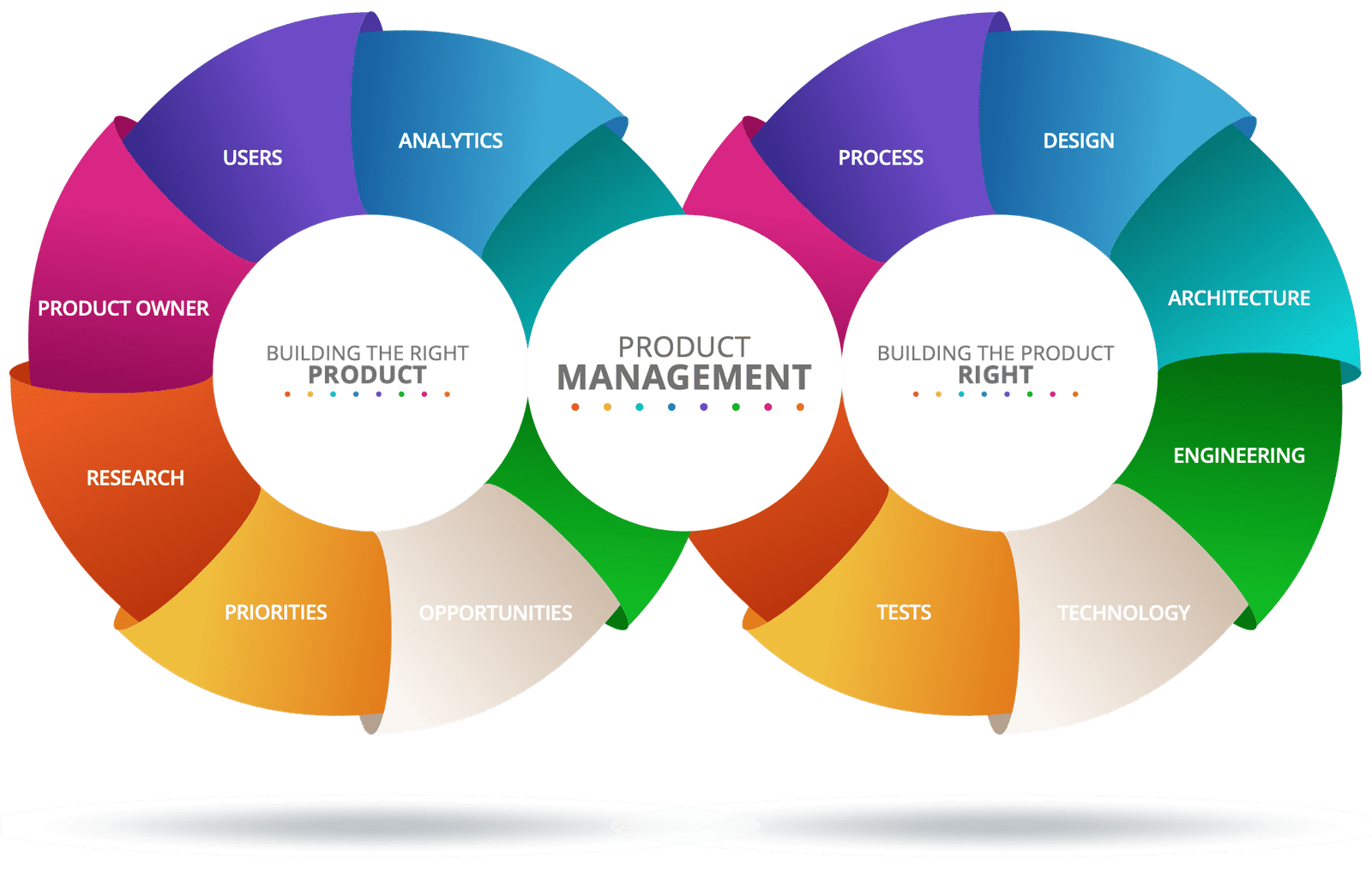
Examples of good Products
- WhatsApp – intense focus on being the best messaging app. Super easy to use communication app. Only 80Mb install.
Examples of bad Products
- MoviePass – Changed their monthly subscription from $50 a month to $10 movie a day – business model wasn’t sustainable so they started to cut the number of movies users could see… ultimately it failed.
- Everpix – Beautiful app, spent a long time perfecting but didn’t invest in marketing.
- Google Wave – Gmail, Calendar, Google Docs, etc too complicated
One way to tell if a product is too complex is if you can’t explain what it does in couple sentences.
History of Product Management
Toyota 1970’s
Kaizen – “Change for the better”
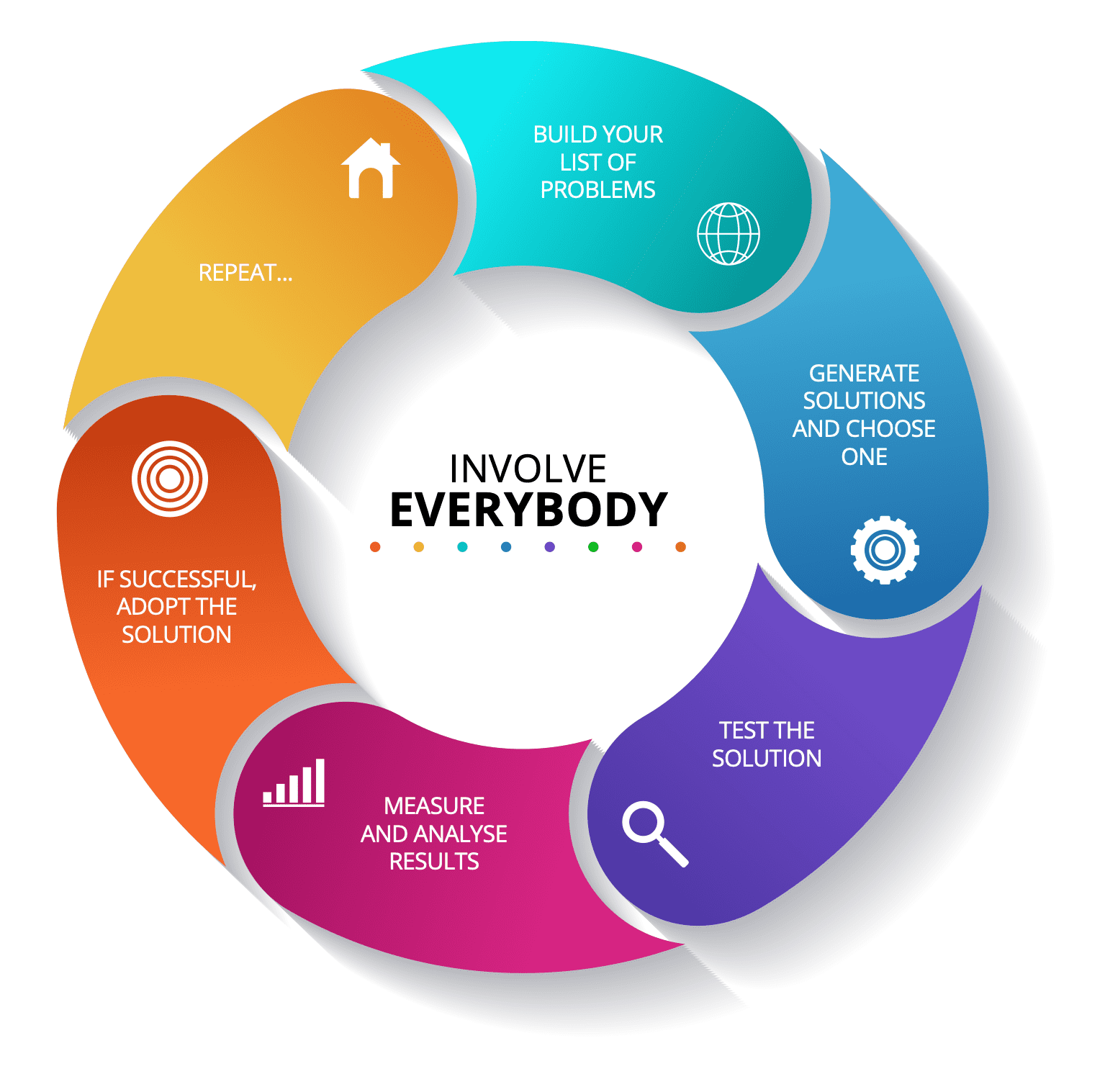
The business should be continually improving through innovation and evolution. These small ongoing improvements can have a big impact and benefits over time.
Genchi Genbutsu – “Real location, real thing, go and see”
To truly understand you need to go out and observe what is actually happening. Product Managers need to have a deep understanding of the problems that they’re solving, and they use that understanding to help make decisions.
Getting that understanding firsthand is a great strategy. It’s an eye-opening experience where you’ll learn a lot, and also build empathy for your users.
4 P’s of Marketing
In the 1970’s Product Managers where part of the marketing team.
Right…
- Product
- Place
- Price
- Promotion – explaining the value of your product to the consumer
products took a long time to develop so….
This become known as Brand Management (often Product Managers share responsibility with Marketing)…
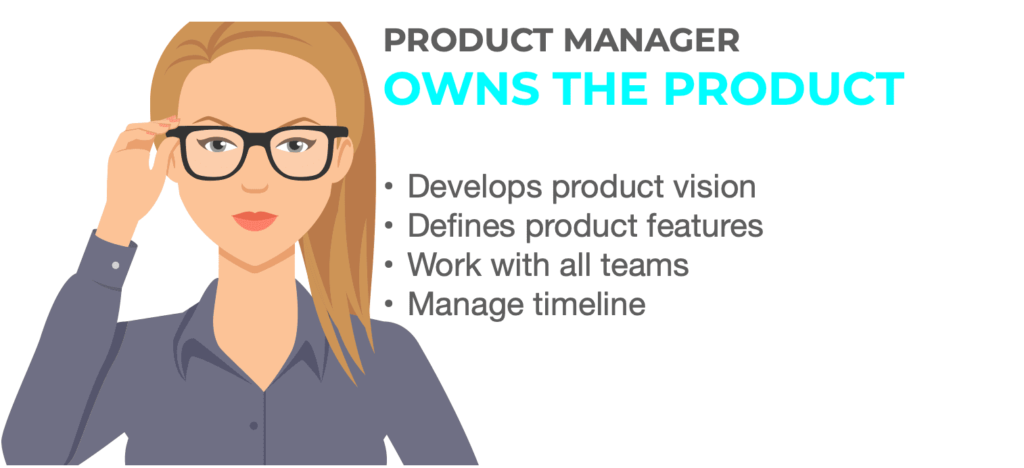
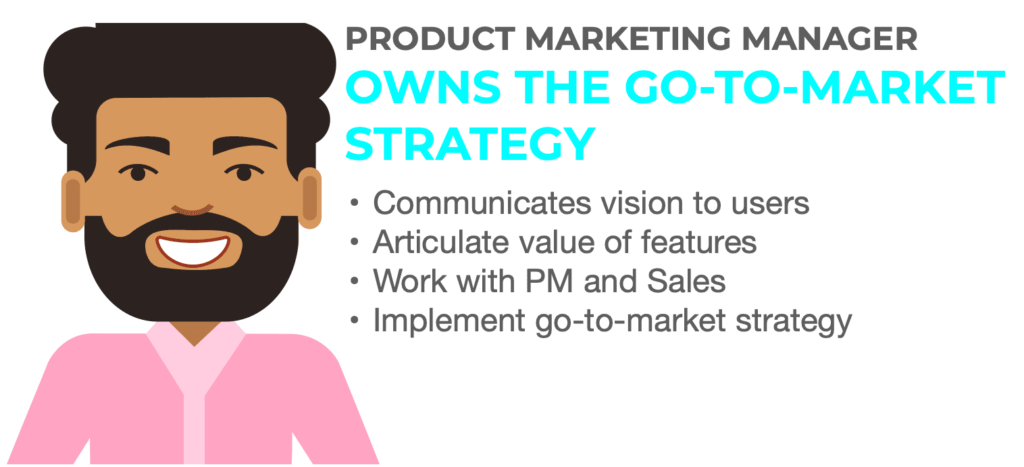
Productthis becomes Product Management in technology- Place
- Price
- Promotion
With tech the landscape changed and it was no longer viable for businesses to just focus on place, price, and promotion. It became critical that products were developed in order to meet customer needs. As agile methodology become more common software teams became more collaborative, across, cross-functional teams, and product managers as a result, were able to focus on the users needs and figuring out what the product should do.
The Role of the Product Manager
What is the role of the Product Manager?
The role of the Product Manager is to make sure the team is solving the right problems and successfully building products that people want.
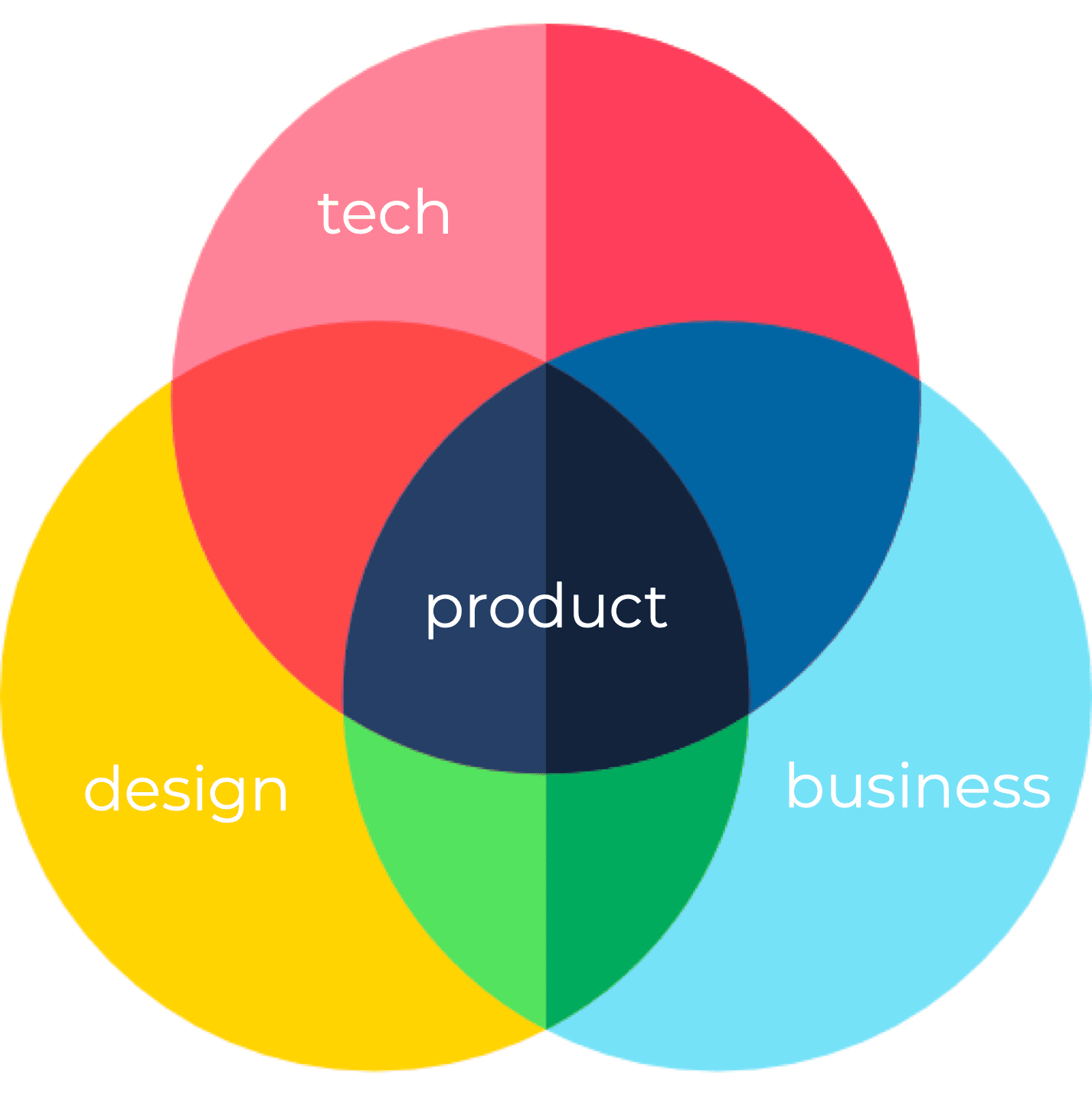
The Product Manager
- Design – Product Managers understand the user’s needs and their motivations, and are advocates for the user
- Business – Product Managers understand the business goals and can align the product to meet those goals
- Technology – Product Mangers understand how the product is but and the complexities, risks and tradeoffs
The Role of a PM
- Mini CEO‘s of their product when taking from idea to launch and are responsible for the outcomes of their product.
- Drive teams to align
- Identifying and defining problems
- Prioritise – what the team is focusing on
- Communicate
- Coordinate
- Every day is different
Mini CEO (but with no authority)
Product mangers are mini CEOs driving the development, launch and improvement of the futures of their products end-to-end. At its core product management is about identifying and defining problems.
BUT It’s a common misconception is that PM’s are in a position to make all the decisions. PM’s rarely have any direct authority over the team. Meaning that PM’s don’t manage anyone working on the team that’s building the product. So it’s important to be able to influence without authority and guide the team to the the outcomes that you want. PM’s work with and align everybody to define what the product should do and why it should be built. Building strong relationships is key.
Drive Alignment
- Building strong relationships
- Get to know the people on your team better by frequently asking:
- Ask them what they think we should be focusing on?
- What they’re excited about working on?
- What they are worried about?
Having an understanding of how the team is feeling is helpful in figuring out how to position and get the team excited about the things that we’re working on.
Identifying and defining problems
Before a team start solving a problem, they need to be sure that it’s the right problem to be solving in this moment. Product Managers can provide this context by clearly defining and articulating the problem, why the problem matters and should be solved, and the outcome for what will happen if the problem is solved or not solved. Problems can matter for a lot of different reasons.
Solving Problems
- To make product more appealing
- Increase sales
- Reduce churn
- Keep the business competitive
- Increase your teams efficiency
- Required for legal compliance – if you want continue to sell your product
Prioritisation
- Impact of solving the problem an the amount for effort to solve the problem
- P&L of solving the problem, revenues vs cost
It can be incredibly challenging to work out what problems the team should and shouldn’t solve. No company has unlimited resources so prioritisation becomes super important because the tea cannot be doing everything all at once. Become comfortable tuning out some problems at least to a later date.
What should the team be working on now versus at a later time?
Using a stack ranked lists can be helpful because they force a lot of great discussion around prioritisation. In the real world you would use data in order to determine the stack rank of all of these items.

Priority 0 (P0)
P0s represent the highest priority items to be completed. What is P0? A P0 is defined as something so critical to the release of the product that you would hold the release to include/fix it.
By definition of what P0 means there should be no outstanding P0 tasks at the end of the release; otherwise, it wasn’t a real P0.
Priority 1 (P1)
P1s are high priority items, but they aren’t necessarily things you would hold up a release for. Releasing a product with outstanding P1 bugs is painful, because a P1 is still a major bug that someone might notice yet it is one you will have to live with.
A P1 bug would be your app not being able to install on an older iPhone. While this might be a major bug, it usually isn’t enough to warrant you holding up the entire release of your product to fix.
Priority 2 (P2)
P2s is the ‘other’ bucket where bugs end up when they aren’t important enough to be considered P1s. View P2 items as things that are “nice to have”, rather than “must have”.
P2 items can be anything from changes in color schemes or re-designing UI flow.
See examples of screens and Jira vs Agile here
Communication
Product Managers are the spokesperson for their product. They should be able to answer almost any question about the product or know exactly where to get the answer. Product Managers keep the larger teams aware of plans, status, and roadblocks that the team’s facing. Product Managers also need to be able to persuade and secure buy-in from a variety of cross-functional teams and stakeholders – PM’s don’t typically manage engineers or designers, PM’s have to convince the team what they should be working on. PM’s can do this by clearly articulating the problem, why it matters and the impact. These things are tied to a goal that could be measured in terms of engagement, revenue, reduction in costs, new users or apps for rating… But you want to get the team excited about solving the problem. The best Product Managers can lead a group through a conversation and have the group reach the conclusion that the Product Manger was intending from the beginning.
Coordination
Once there’s alignment, Product Managers are responsible for coordinating the development of a product across all relevant parties like design, engineering, marketing, and support.
Product Managers need to understand all the functions that are required to build a product and bring in the right people at the right time.
No 2 days are the same…
No day is the same, no day is predictable. There are always things and fires the come up and need attention. It keeps it exciting. Some days might be out of the office meeting and interviewing users, other days might be going through a design sprint or working through a technical problem with the engineering team, or watching users going through a usability study, or going through a quarterly business review, or meeting with the support team to understand top issues, or getting an email from leadership asking why certain features is behind schedule and why the team isn’t working on another feature, or giving a presentation at a launch event and meeting with the press for interviews, or dealing with production issues, like when a server goes down or an iOS update breaks part of your app.
5. Where Product Managers focus during the Product Development Process
Focus on the Development Process
- Identify Problems
- Creating Solutions
- Planning
- Core Team
- UX Design
- Implementation
- Testing
- Launch & Review
Identifying Problems
One of the most important roles of a Product Manager
- Define the problem for the team to solve
- Build a deep understanding of the user, their needs, and the space the product is in
- Conduct user research, market research, or competitive research, to leveraging existing product insights and data, or other inputs to create hypothesis and text them.
Creating Solutions
Once armed with an understanding of the problem, space and opportunity
- Build strategies for how to solve the problem through the creation of your product
- What the product does – high level overview of the product or feature and what it does
- Mapped to goals, objectives and KPIs
Planning
How to tackle the remaining work – by working closely with design and engineering to understand how much time is needed to both design and build the product. Program Managers can help to drive this conversation.
- Timelines
- Splitting into milestones – for larger products that will take a lot of time to ship (milestones will have related tasks that could be launched stand alone. Then layer on additional functionality and milestones on top until you get to the fully developed product.)
Core Team
Helpful to identify key points of contact across engineering and design that will work with you as a Product Manager.
- Product Manager
- 1 Designer
- 1 iOs Engineer
- 1 Android Engineer
- 1 Backend Engineer
This can vary as it is highly specific to a project.
UX Design
During UX Design, it’s important to work closely with design whilst they’re building out mocks and the spec for the user experience. The Product Manager provides context that can help inform design decisions. And help guide design decisions using your product intuition, but you might not always be correct.
- Mocks and specs
- Review and provide context
- Usability testing – large changes in the UX through usability testing to surface any issues users might run into with the product before development starts (not always possible otherwise use A to B testing)
Implementation
Once mocks have been finalised and the spec has been handed off to the engineering team, it’s time for implementation to begin. Check to see if the engineers understand all the requirements and if there’s anything that needs more definition or there is anything that is unclear.
- Are requirements clear?
- What edge cases (a problem or situation that occurs only at an extreme operating parameter) haven’t we thought of yet?
- Are we on track? (during the build process check in for regular status updates)
- Surface any roadblocks the team is running into and help to remove them (partner with a program manager to keep a pulse on how things are going)
Testing
Testing and validating that everything works correctly is an important final step. Work with the QA (quality assurance). Product Managers should go through their own product, report any bugs and make sure it meets the correct standards
- Review the test plan – outlines different scenarios that should be tested
- Steps to be taken, and the expected behaviour
- Does it work?
- What needs to be fixed?
Launch
For small launches, they might go out silently. For large launches, there will likely be some type of marketing and PR – update on website to more comprehensive launch event with press.
- Silent launch
- Blog post, website update, social media posts
- Big announce
For launches that have more risk, these might be phased over a few days or weeks. This gives you the chance to review data and make sure that there’s no negative impact on metrics. After the launch it’s really important to review how things went:
- Changes to key metrics
- User sentiment
- Teams feedback on the launch
- Impact
- What did we learn? What to do differently next time? (helpful in preventing mistakes next time)
Multiple Products
You’ll likely be working on multiple products at the same time and those products will likely be at different phases.
6. Who do Product Managers work with?
Product Managers work with EVERYONE!
Product Managers are in the super unique position that they have seen the product throughout the entire product development cycle. The product managers own a piece of the value stream that includes development and users.
They’re in tune with the challenges the product is facing across different functions and there’s no one else on the team that has this level of end-to-end visibility. Product Managers act as a central hub and they help the larger team to connect the dots.
Partners Product Managers work with:
User Researchers
Role:
- Help to discover key user insights and behaviours
- Help answer important questions about assumptions, business model and product
- Perform usability tests with users to make sure the product is understood, solving a need and can be used without any issues.
Interactions:
- Align on research priorities and questions to answer
- Share research findings
- Participate in research together and see things first hand
Design
Role:
- Design what the product should look like
- Design how users should be able to interact with the product
- Make sure we’re solving the right problems for users
Interactions:
- Align on problem definition and scope
- Review PRD (Product Requirement Doc) and mocks
- Compromise on ideal design solution vs technical limitations or timeline pressure
Engineering
Role:
- Build the product
- Maintain the product
- Solve hard problems
Interactions:
- Review requirements, PRD, and mocks
- Discuss feasibility and timelines
- Create a plan for tackling technical debt that’s built up over time
Technical Program Managers (TPM) & Program Managers (PgM)
Super Critical Role:
Interactions:
- Project Management – productive and getting work done
- Report status of projects
- Keep a team on schedule – pulse of what is going on
- Flag risks and schedule slips
- Go through prioritisation exercises
- Discuss timelines and status updates
- Review the product roadmap together
Product Managers (PM)
- Understand the user, the problem, and the market
- Creating a roadmap of what needs to be solved and what needs to be built
Acting Program Manager (PM)
- Understanding the team, the organisation, and how to get things done
- Execute against the roadmap
Program Managers (PgM)
- Understanding the team, the organisation, and how to get things done
- Increasing efficiency, resourcing, and reducing risk through repeatable processes
- Execute against the roadmap the PM built
- More generalised
Technical Program Managers (TPM)
- More involved in all the technical details of software developments
- Previously software engineers
7. Onboarding a new PM
Onboarding
When you join a new team or company, it can take awhile to ramp up. To get started on a good path, here are the things that I would try to do during my first few weeks on a new team:
Company
1. What the company does
2. How the company makes money
3. Short term goals and objectives
4. Long term goals and objectives
5. Current projects in flight
People
1. My line manager
2. My line manager’s manager
3. Other PMs
4. Design partner
5. Research partner
6. Eng partner
7. TPM partner
8. QA partner
9. Data Science
10. Marketing
11. PR
12. Sales
13. Support
14. Legal & Privacy
15. Policy
16. Ops
Product Experience
1. Check out the product’s website
2. Review the app store listing
3. Use the product
4. Journal of my experience using it
5. Questions that I have about why it is the way it is
6. List of issues that I encountered while using the product
7. Get help for the product
8. Review the support site
9. Reach out to customer support for help with an issue
10. Use competitor products
11. Compare similarities and differences
Other
1. Process
2. Learn the process for how to get things done
3. What needs to be reviewed
4. What requires approval
5. Shadow support and listen to customer calls
There will be lots to learn! But even while you are ramping up, you can still provide value to the team by providing a fresh perspective on your experience using the product and the issues you ran into. And make sure to ask lots of questions!
8. Identify Requirements
Identifying requirements is a critical Product Manager role.
Once a problem has been identified as something worth solving it’s time to identify requirements.
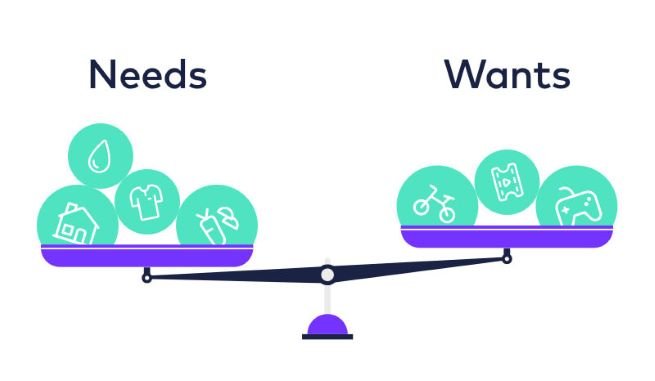
Identifying requirements involves answering questions about what the product should or should not do. This is sometimes referred to as requirements gathering, but it’s much more active that just gathering requirements. The best PM’s will understand the context behind each requirement. Product Managers write requirements in PRDs.
Identifying Requirements
Can happen through a number of channels.
- Research – online research into the space, research the teams collected, more exhaustive market and user research like side-by-side product comparisons or longitudinal studies (looking at variables over a long period of time)
- User interviews – helps to build empathy so you can put yourself in the users shoes
- Stakeholder interviews – interview people at the company to get a better understanding of the business objectives or requirements that might come from marketing or legal (privacy)
- Prototyping – forces you to connect all the dots – you might realise your missing a screen or that there’s a critical interaction missing
- More…
